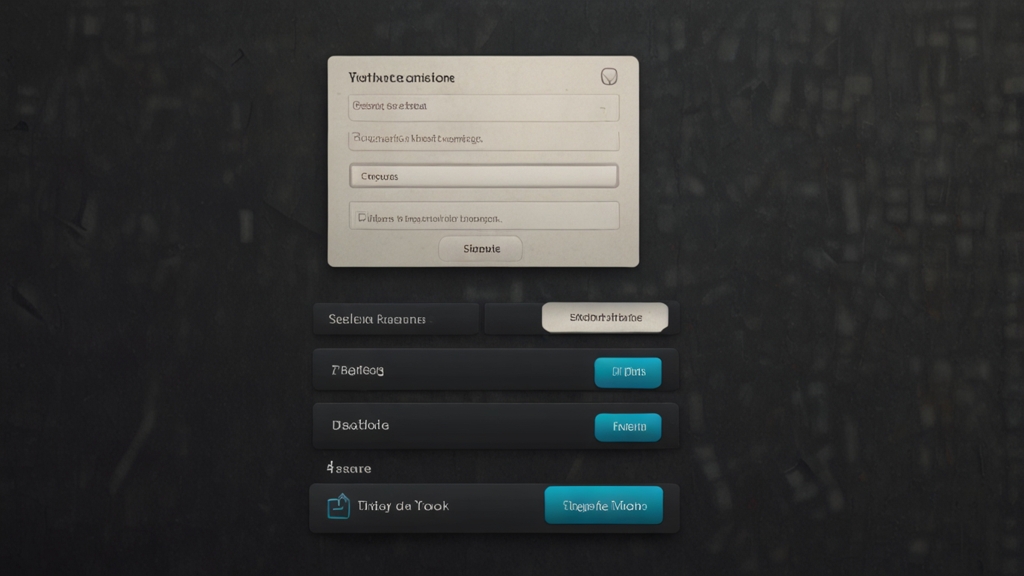Calculus Breakthrough: The One Trick to Understand It Instantly
The realm of mathematics can often seem daunting, especially when you encounter calculus, a branch that many students struggle with. Imagine there's an effortless way to grasp its core principles with ease. Intriguing, isn't it? This article reveals a powerful yet simple trick that can help anyone understand calculus instantly.
The Trick: Visualizing Calculus
Calculus becomes significantly easier when you approach it visually. Instead of getting bogged down by abstract symbols and complex equations, picturing the concepts can transform your understanding. The central trick is to think of calculus as a study of change and accumulation, visualized through graphical representations.
Understanding Derivatives Through Slopes
The derivative is a foundational concept in calculus. However, it can be intimidating when first encountered in the form of dy/dx. Instead, imagine the derivative as the slope of a line. Simply put, a derivative tells you how steep a curve is at any given point. Picture yourself on a mountain trail: the slope of your path at any point gives you a sense of how quickly you are ascending or descending. This approach demystifies derivatives by connecting them to a familiar experience.
"Understanding the derivative as the slope of a tangent line to a curve can make a world of difference. It transforms a complex algebraic idea into a comprehensible visual one."
Integrals: The Area Under the Curve
If derivatives are about slopes, integrals are about areas. Instead of viewing integrals as an intimidating accumulation function, think of them as the area under a curve on a graph. Imagine you're a landscape artist painting the area beneath a winding path on a hillside. By breaking down this area into small, manageable sections, you can more easily calculate the total area. This visual technique simplifies the integral, making it far more accessible.
Real-World Applications
Knowing the trick to visualize calculus is not just a classroom exercise; it has real-world applications. Engineers use it to determine the optimal shapes for structures, economists apply it to find maximum profit conditions, and even biologists use it to model population dynamics. Recognizing these practical uses helps contextualize calculus, making it more intuitive and relevant.
Take, for instance, the concept of velocity and acceleration. If you consider position as a function of time, the slope of this function (its derivative) is velocity. The area under the velocity curve gives you displacement. By visualizing these relationships, you can easily grasp how calculus operates in motion analysis, financial modeling, and other fields.
"By translating calculus into real-world scenarios and visualizations, abstract concepts become concrete, and seemingly impossible problems become solvable."
Putting It All Together
There's no need to fear calculus if you can visualize its principles. By looking at derivatives as slopes and integrals as areas, you simplify these complex ideas into understandable components. Imagine each problem as a picture rather than a puzzle of symbols and numbers. The more you practice this visualization, the more instinctive calculus will become. Soon, you'll find yourself not only understanding it but enjoying its elegance and power.
In conclusion, the one trick to understand calculus instantly is visualization. By transforming abstract notions into visual, real-world concepts, you unlock an intuitive understanding of calculus. So next time you're faced with a challenging calculus problem, remember: think visually, and the solution will be clear.
"Visualization is not just a learning aid; it's a bridge that connects the abstract world of calculus with our tangible, everyday experiences."








